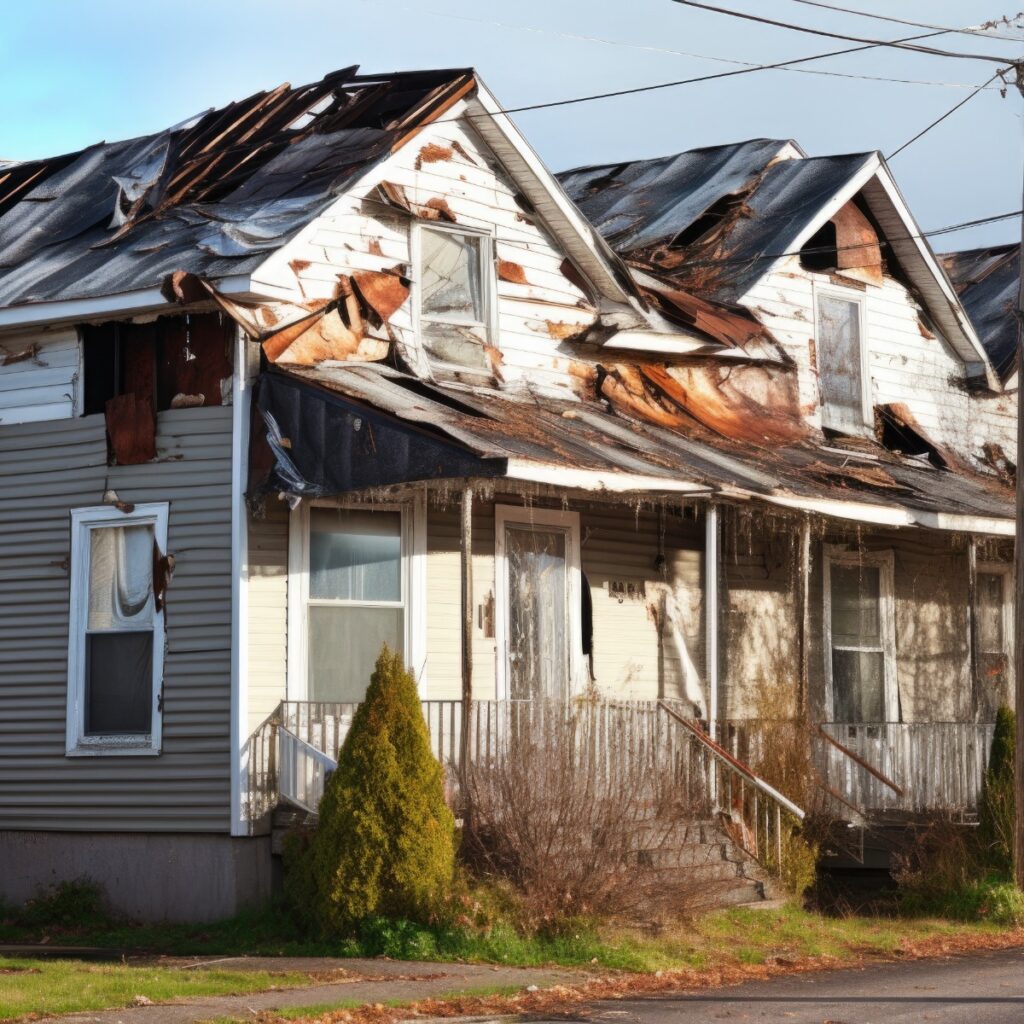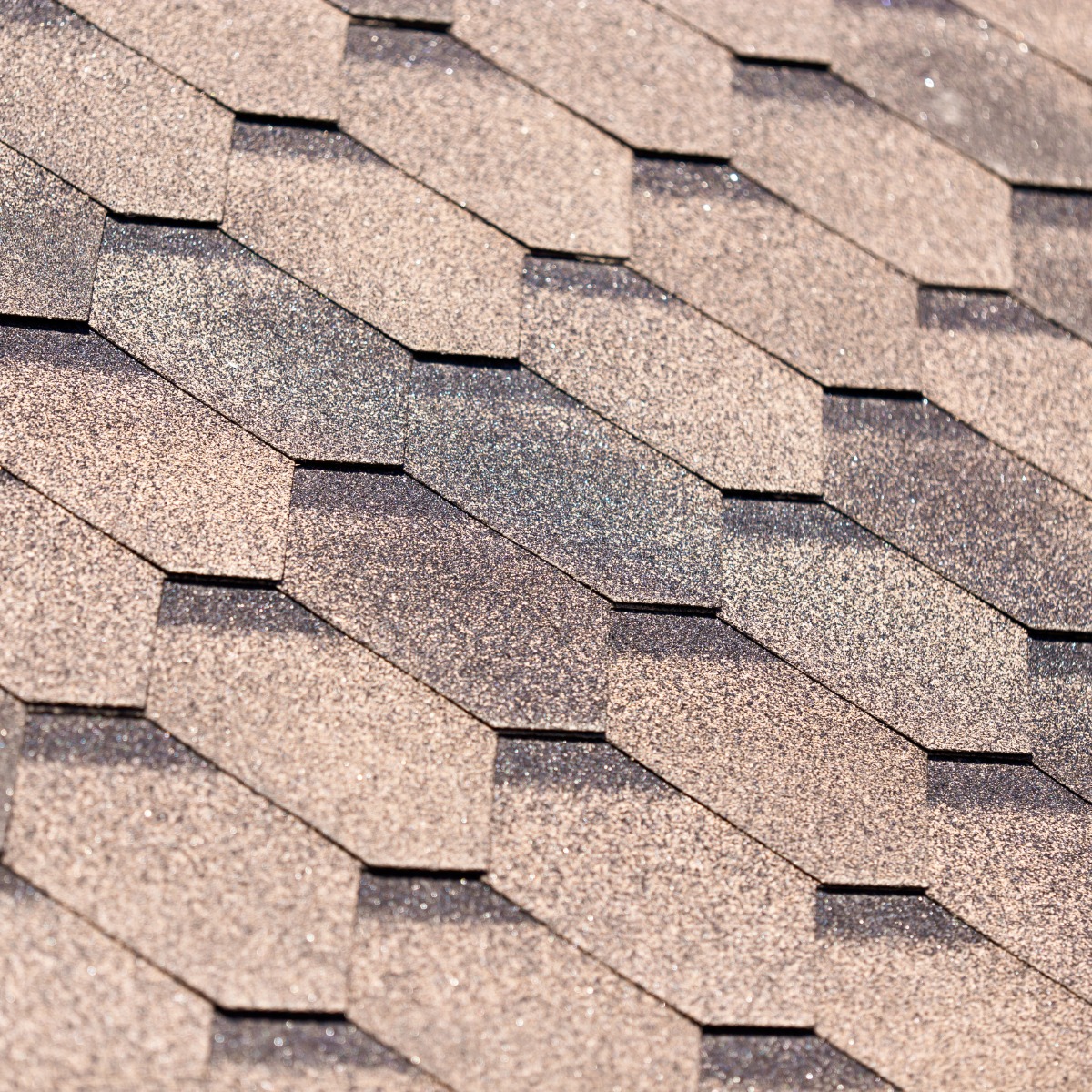For Kansas homeowners, roof problems may arise when you least expect them. That’s why questions like “Can I replace part of my roof?” often emerge for homeowners seeking answers to complex roofing problems.
At first glance, a partial roof replacement seems budget-friendly, but this short-term fix often weakens the roofing structure, leading to more expensive future repairs.
Consequently, it is essential to examine the broader implications of partial roof replacement in Kansas before making any investment.
Possibility of Partial Roof Replacement in Kansas
Partial roof replacements do occur in Kansas, and they are possible. They are most common when an isolated portion of the roofing structure is uniquely damaged from a direct impact, like a fallen tree limb.
Though partial replacement is possible, most roofers advise against it because it is likely to lead to more long-term expenses for the homeowner while leaving their home vulnerable in the short term.

How Are Kansas Roofs Damaged?
The weather can damage a Kansas home, which often requires professional roof repair. What is the most common roof repair needed? Both commercial and residential structures require six common roof repairs:
- The Flashing
Along with all the other components of a business or residential roof, proper installation is key to a healthy rooftop. This includes the flashing that provides a drip edge for residential roofing and leak protection around protrusions on commercial structures.
When flashing is not installed, adhere firmly to the surface. A good solid rain will typically yield emergency roof repair service calls for both business structures and homes.
- Roofing Material Replacement
There are different types of roofing materials for both business and residential structures. Both are subjected to natural elements like overexposure to the sun, hail stones, hard rains, and more. This can cause damage like granule loss on asphalt shingles, blistering on commercial roof membranes, and more. Each should have professional roof repair done as quickly as possible to minimize extensive damage to the interior.
- Drains and Gutters
The roofing is typically flat on a commercial or industrial structure, with special drain systems in place. They work for those structures like gutter systems work for residential roofing by eliminating water accumulation on the roof and redirecting it away from the structure. If the drains and gutters aren’t kept clear, this can cause water to back up under shingles and ponding on flat commercial structures, both of which lead to leaks and professional roof repairs.
- Inadequate Ventilation
Roof ventilation is vital to maintaining a healthy roof. When the ventilation is inadequate, the roof can suffer damage as the underlying roofing materials deteriorate, leading to leaks that require roof repair.
Downsides of Partial Roof Replacement in Kansas
Researching partial roof replacements is mainly about saving money in the short term. While this is an understandable instinct, it’s important to know the specific downsides to only replacing part of a roof in Kansas.
Weakened Durability
Structural implications of partial replacement can rear their ugly heads for Kansas homeowners. Since your roof protects your home against elements like rain, wind, and other storms, the sum of its parts is greater than the whole.
When you choose a partial replacement, you create an imbalance that weakens the roof as a whole. For example, a new material adjoined with an old one can generate stress points leading to vulnerabilities.
The weakened durability leaves your home exposed to the elements.
Cumulative Financial Burden
As we noted, most Kansas homeowners seek partial replacement for short-term financial savings. However, the cumulative financial burden of a partial replacement generates a more significant long-term cost.
As a result, any upfront savings are usurped by the litany of future repairs and likely premature roof failure.
So, while your instinct to save money is understandable, realizing that you are actually spending more in the long term may change your perspective.
Aesthetic Decline
One overlooked downside of partial roof replacement in Kansas is its contribution to your home’s aesthetic decline.
Mismatched roofing materials distort your curb appeal, potentially lowering the value of your property.
When you consider that replacing part of a roof is inspired by financial savings, losing money on your home’s value may shift your mindset on this calculation.
Next Steps for Kansas Homeowners
While the instinct to save money is warranted for Kansas homeowners, partial roof replacement is often a short-sighted calculation.
When replacing just part of a roof, you are likely to cost yourself more long-term money, weaken your roof’s durability, and reduce your home’s value.
With this in mind, we recommend a roof inspection so that professionals can assess the degree of your roof’s damage and determine the next steps based on professional expertise.



